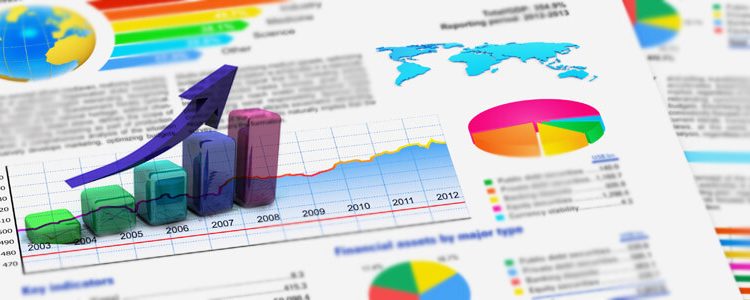How to Evaluate Research Impact: Bibliometrics

For academics, it is very important to be able to find and access high quality and updated information related to their work. Researchers are also increasingly interested in discovering how others are perceiving their own publications and what impact they have in a particular field. Bibliometrics (also called Scientometrics) was originally created to serve these purposes. It uses statistical methods to quantitatively analyze the impact of scientific articles and journals.
Author-level metrics, such as the h-index, and journal-level metrics, such as the impact factor, are now widely used in academic publishing. These measures can help authors to quantify, compare, and communicate the influence of their work—and can also give them a useful tool to search for high-quality publications in their field—but they are by no means a conclusive evidence of academic quality. Still, bibliometric data have become the “gold standard” for measuring academic performance and are normally used by governments, institutions, and funding agencies to evaluate professional achievements and decide about funding, memberships, and jobs. This data can provide information on article, journal, author/researcher, and institutional impact.
There’s No All-purpose Indicator
A well-performed bibliometric analysis could indeed help universities and research institutes to assess the performance and influence of their research units. It could also be a good support for funding agencies and committees, allowing them to make decisions based on quantitative data. A good citation analysis requires a lot of information. There are no all-purpose indicators, so it is essential to select an appropriate metric depending on the question to be answered. Paper counts, for example, can be used to measure the productivity of an institution or a research group while citation counts may give information about the influence or impact of a paper—without distinguishing whether this influence is positive or negative.
The h-index is a useful measure that tries to combine both productivity and impact in one number without being affected by the disproportionate weight of highly cited (or of uncited) papers; the impact factor gives general information about the quality of a journal (not about individual papers published in it); and there are many other measures that can be used including collaboration indicators, percentile indicators, or disciplinarity indexes.
Deciding Where to Publish Your Research
Bibliometrics can be a great help when looking for high-quality and reliable information. Knowing how many times an article has been cited will give you an idea of how important that work is, and knowing the impact factor of a journal can help you find leading publications in your field. Citation metrics can also help you decide where to publish your own research. Selecting the right journal can help you improve your individual metrics—and could even make a difference when applying for a scholarship or a job—but always remember that bibliometrics is only measuring impact, not quality.









